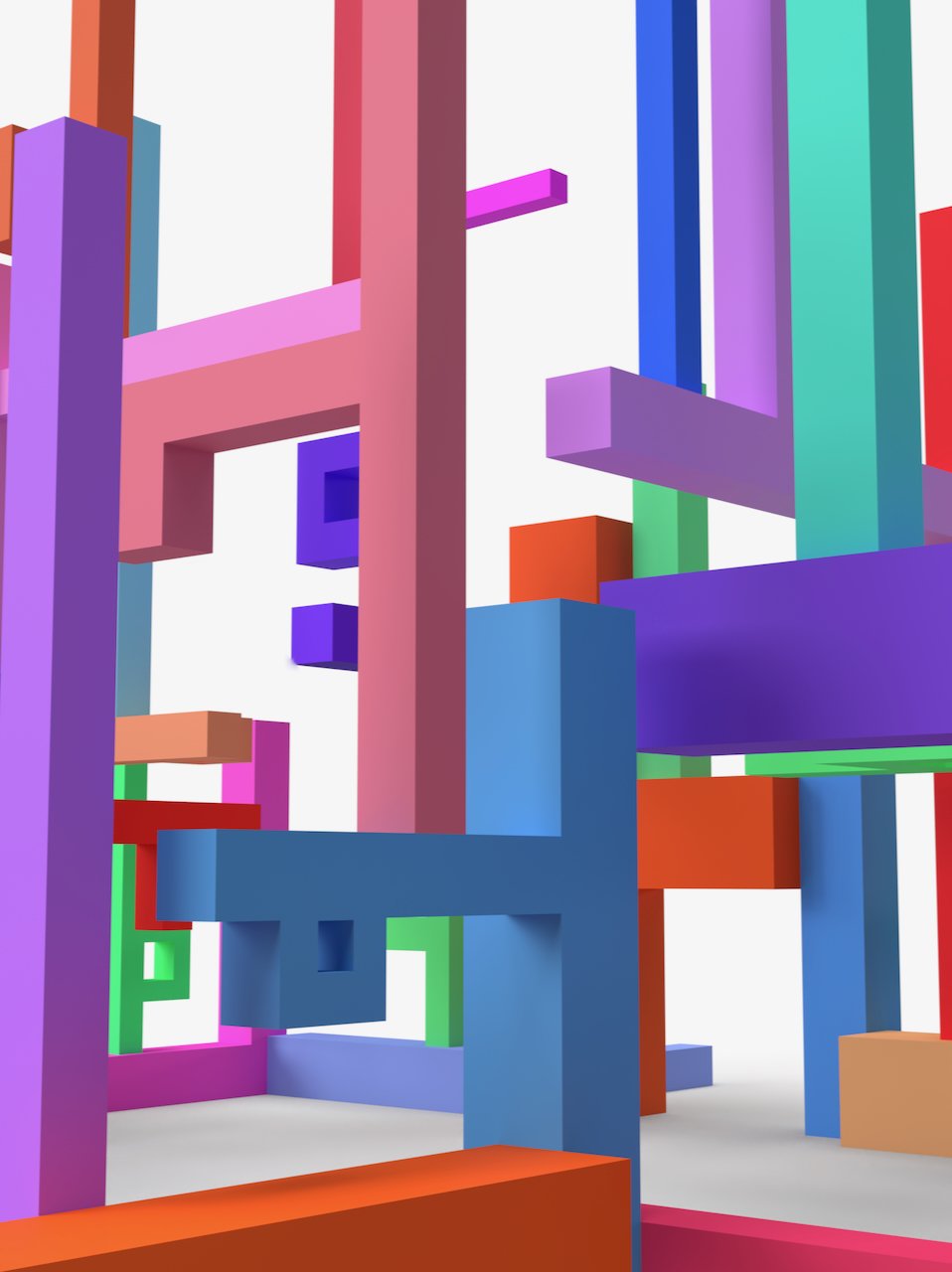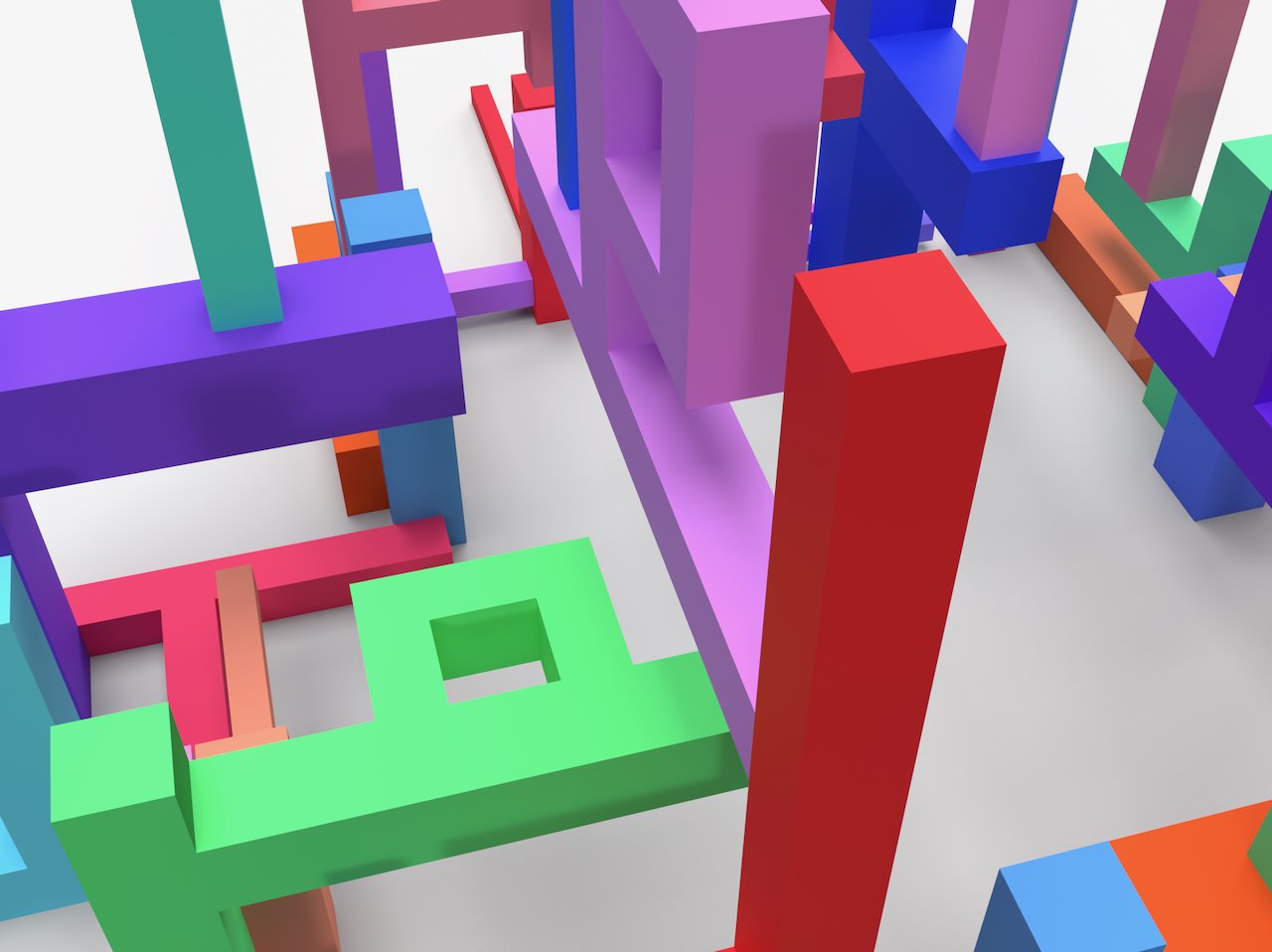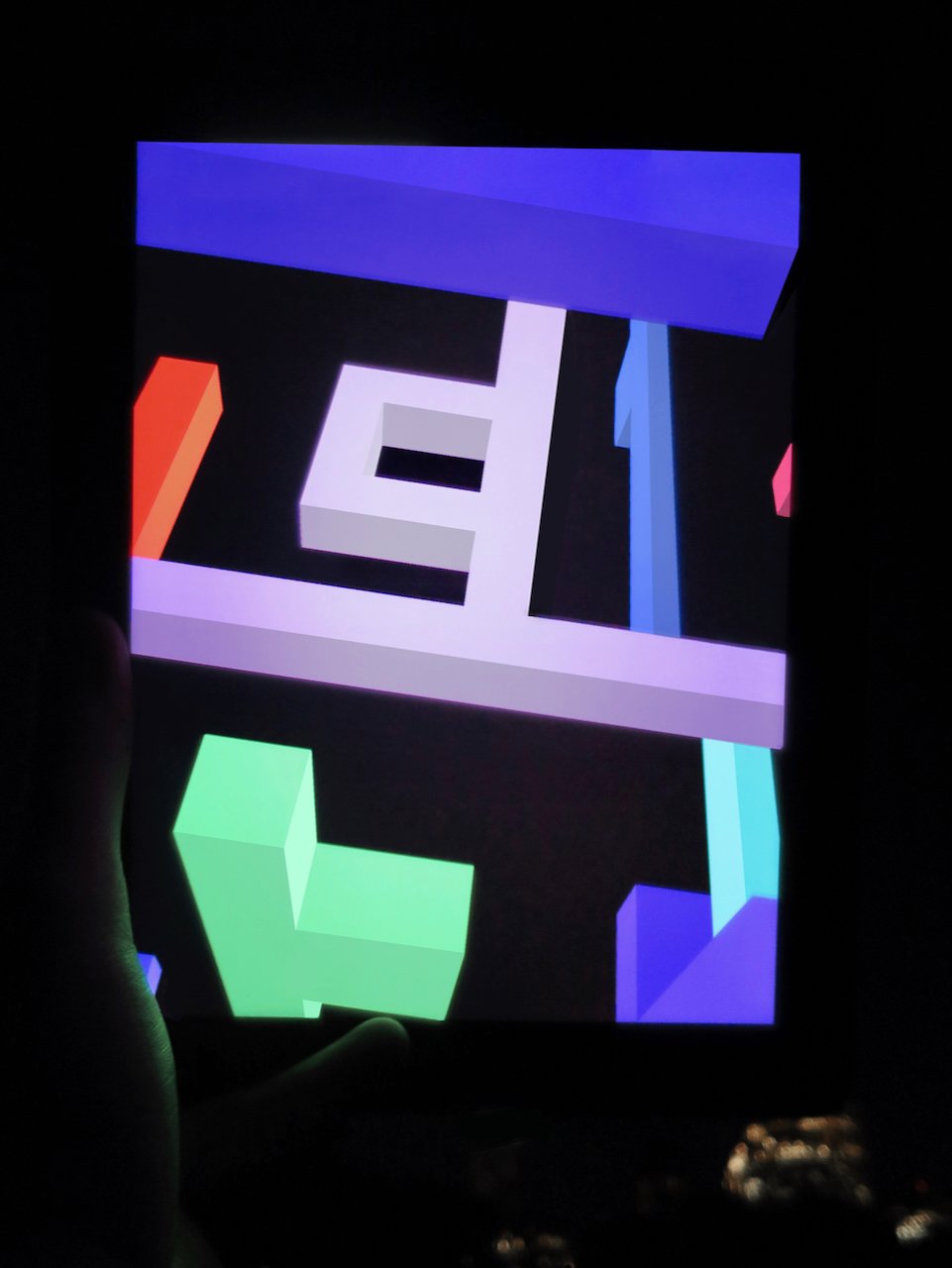PASTORALE
Sheep Meadow, Central Park, New York City, New York, US, 2013.
The first gay pride march in New York occurred on the 28th of June, 1970. Titled “Christopher Street Liberation Day” the march commemorated the first anniversary of the Stonewall riots. It began in Sheridan Square, went through Sixth Avenue, and ended in Sheep Meadow, Central Park. There at Sheep Meadow a “Gay-In” was held that included music, refreshments, and speeches. Pastorale was a virtual sculpture accessed through augmented reality Novak developed to echo the many individuals and groups that initiated and supported the events on this day.
LOCATION
Pastorale was located in virtual space near the centre of Sheep Meadow. The first image shows Sheep Meadow during the Gay-In on the 28th of June, 1970. The second image shows the same site in 2013 when Pastorale was activated.
Image source: Gay and Proud, 1970, Lilli Vincenz, Library of Congress.
FORMS
Pastorale is a virtual sculpture made of closely connected three-dimensional forms, these forms derived from the three-dimensional extrusion of flat logo’s of queer organisations that organised and participated in the march. For example, the logo of the Gay Liberation Front (GLF) was recreated and extruded into three-dimensional forms that were used (either wholly or partially) in the construction of the final virtual sculpture.
STRUCTURE
The final structure was developed using 3D modelling software with special consideration given to how visitors would interact with the work using a mobile device (smartphone or tablet). The sculpture was set at a scale people could enter and be surrounded by whilst retaining views of the outside world (maintaining a visual connection with Sheep Meadow). It was also made visible night and day.
ACTIVATION
Novak worked with an emerging augmented reality (AR) company in New Zealand to develop Pastorale using consumer level geolocation based AR. It meant the virtual sculpture would appear based on a specific GPS coordinates Novak provided and scale according to the proximity of the viewer. This technology was relatively new and experimental at the time as was incorporating three-dimensional interactive models into it. It meant visitors could experience Pastorale as if it were a physical sculpture in Sheep Meadow.




























